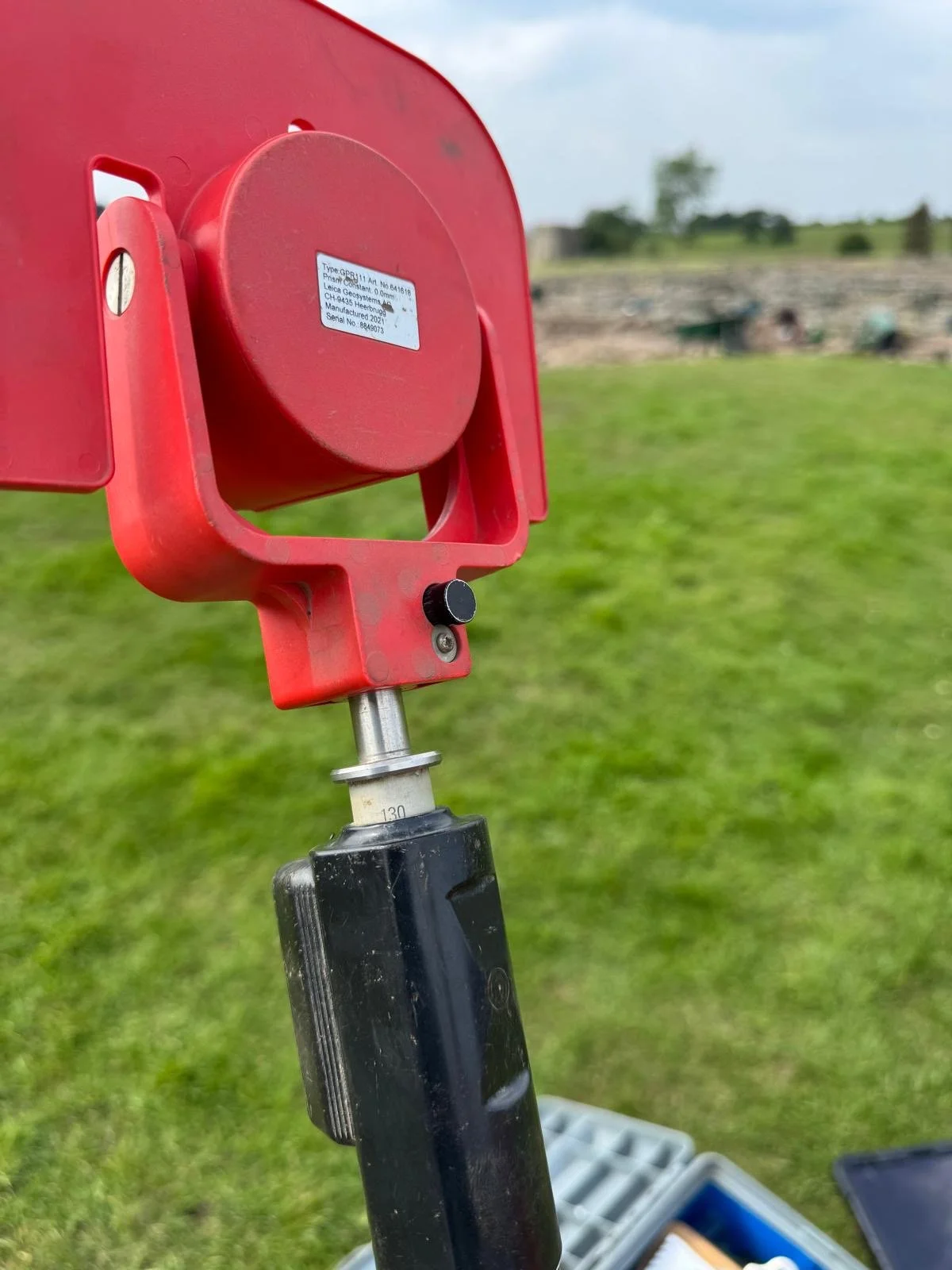005 - A Week on the Trowel
005 – A Week on the Trowel
Sometimes my practice allows for some amazing behind-the-scenes opportunities—or, as my family likes to call them, “a Blue Peter presenter opportunity,” thankfully without the presenting! A few weeks ago (a bit late with blogging again), I had the privilege of joining the 2025 Period 6 excavations at Vindolanda. It was very much a bucket list moment.
I was on site for the first week of Period 6, right in the middle of a heatwave, and other than one day of welcome drizzle, I can confirm—it was hot.
If you’d like to get a sense of what the excavations are like, there’s a great YouTube video here: Vindolanda 2025 Excavations.
It was a fantastic experience, and I feel genuinely privileged to have been part of it.
How the Week Went
After an insightful tour of the site, we were given a few tips on the process of “trowelling” before being arranged into small groups and guided to an area to start work. I was one of a group of three that included Clare from Scotland and Phillipa from San Francisco. Trowelling back the layers of earth isn’t particularly glamorous, but it’s incredibly rewarding—and there’s something thrilling about knowing you might be just millimetres away from an artefact that’s been waiting to be uncovered for nearly 2,000 years.
The focus required—especially on the subtle shifts in soil colour—was surprisingly mindful. Time slipped by quickly as I got absorbed in the rhythm of scraping, brushing, and observing.
Most of the early finds were softened bones of cattle and sheep, along with fragments of pottery. At first, unearthing cow teeth and bone fragments was exciting, and holding a piece of pottery crafted and touched by human hands almost two millennia ago was genuinely humbling. But as the days went on, bones and pottery became almost expected.
Meanwhile, other diggers nearby started striking it lucky, unearthing more unusual objects and being ceremoniously awarded the “staff of recognition” (the affectionate nickname for the surveying pole). I couldn’t help but feel a twinge of what I’ve since dubbed digger’s envy, hoping that I, too, might stumble across something special.
The First Find
Then on Wednesday—or was it Thursday? Honestly, I can’t remember—I scraped back the earth and called out to Clare and Phillipa that I’d found “another bit of bloody pot.” But before I could brush it off, Clare noticed something on the reverse: a small, sun-shaped maker’s mark.
I didn’t realise at first that it would be classed as “a find.” I was just in awe of that tiny stamped symbol, carefully impressed by its maker nearly 2,000 years ago. As a maker of things myself, it felt like a direct connection to a fellow craftsperson across time. Humbling, to say the least.
My first individual find! I was handed the “staff of recognition” and felt a real sense of pride—and, if I’m honest, a bit of relief—that I’d finally found something “special.”
And then the Roman gods must’ve been smiling on me, because within 20 minutes, I’d notched up two more: a section of copper bangle (again, complete with a maker’s mark) and half a melon bead. I ended the day hot, tired, and dusty, but completely content—with three finds in quick succession.
Was it hard work? – Yes.
Would I do it again? – Absolutely.
Alongside the thrill of the finds, one of the highlights was meeting other diggers and fellow enthusiasts. It was a reminder of how deeply Vindolanda and its heritage matters to so many people. Watching visitors interact with Andrew, Marta and Natalie added another layer to the experience, showing how history, archaeology, and storytelling come together to make this place truly special to so many people.
Reflection
That week on the trowel didn’t just give me a new respect for the skill and patience of archaeologists—it also deepened my understanding of how tiny fragments slowly build into a much bigger picture. Every small find, no matter how ordinary it might seem, has its own story to tell, and together they create a richer understanding of the past.
It’s a process that feels very close to what I’m doing with the Vindolanda project. I’m piecing together symbols, objects, and performative acts that speak both to ancient beliefs and to the issues we face today, like climate change. Just as the excavation team works layer by layer, I’m working with layers of meaning—bringing the past and present together to create something protective, resonant, and hopefully thought-provoking.
DA
